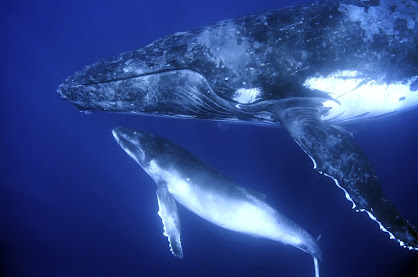 |
| Desmostylus, Royal Ontario Museum Collection |
The formation contains marine fossils including a diversity of intertidal and near shore gastropods, bivalves, abundant barnacle (Balanus) plates, and rare coral, echinoid (sand dollar) and mammal (Desmostylus) fossils.
When these fossils were laid down, the Northeastern Pacific had cooled to near modern levels and the taxa that were preserved as fossils bear a strong resemblance to those found living today beneath the Strait of Juan de Fuca. In fact, many of the Sooke Formation genera are still extant.
We find near shore and intertidal genera such as Mytilus (mussels) and barnacles, as well as more typically subtidal predatory globular moon snails, surf clams (Spisula, Macoma), and thin, flattened Tellin clams.
In several places, there are layers thickly strewn with fossils, suggesting that they were being deposited along a strand line. The rock is relatively coarse-grained sandstone, suggesting a high energy environment as would be found near a beach.
The outcrops at Muir Creek make for a great day trip. This is a family friendly site best enjoyed and collected at low tide.











